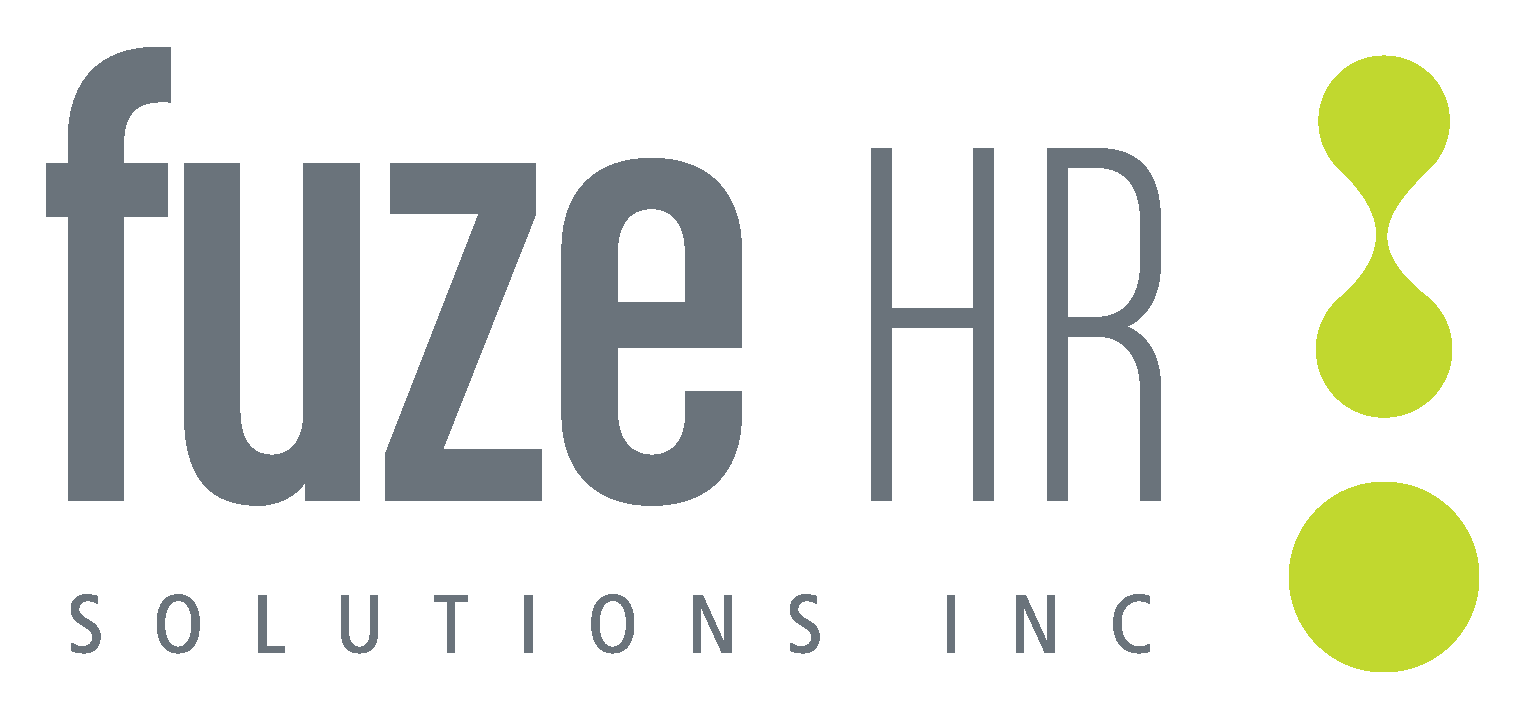Global hiring has opened new opportunities for companies, but it has also added layers of complexity to managing employees. Businesses expanding across borders often hear terms like “Employer of Record (EOR)” and “Payroll Provider” used interchangeably. This can cause confusion, but the two services are not the same. While both deal with employee pay, the difference between EOR and Payroll Provider lies in the scope of responsibility and legal liability. Understanding these differences is essential for choosing the right solution for your business.
A guide to choose the right payroll provider
Are Payroll Providers and EOR the Same Thing?
No—an Employer of Record (EOR) is not the same as a payroll provider. Although EOR services include payroll processing, they extend far beyond it.
When you outsource payroll, you hire a third-party provider to handle administrative tasks such as:
Calculating wages and deductions
Withholding and remitting taxes
Issuing paychecks or direct deposits
The payroll provider ensures employees are paid correctly and on time. However, your company remains the legal employer. That means you are still responsible for compliance with labor laws, managing benefits, drafting employment contracts, and handling liabilities like workers’ compensation.
By contrast, an Employer of Record takes on the full legal role of being the employer. The EOR doesn’t just process payroll—it assumes responsibility for compliance, benefits, and HR administration. This is the fundamental difference between EOR and Payroll Provider: one is a service, while the other is a legal employment structure.
The Difference Between EOR and Payroll Provider in Responsibilities
To see the difference more clearly, it helps to break down who does what when working with an EOR versus a payroll provider.
Payroll Provider Responsibilities
The client company remains the legal employer.
The payroll provider manages calculations, tax withholdings, and payment processing.
The client is responsible for handling all other aspects, including hiring, compliance, benefits, and HR.
Employer of Record Responsibilities
The EOR is the legal employer on record.
The EOR handles payroll, benefits, compliance with labor laws, contracts, onboarding, and termination.
The client is the “functional employer,” responsible for day-to-day management, setting salaries, assigning duties, and maintaining company culture.
This breakdown highlights the difference: a payroll provider supports one administrative function, while an EOR oversees the entire employment relationship.
Why Companies Choose an EOR Over a Payroll Provider
Many businesses find that payroll outsourcing alone isn’t enough, especially when hiring internationally. Here are some reasons why companies choose an Employer of Record instead of a payroll provider:
Hiring abroad without a local entity
Setting up a legal entity in another country can take months and require significant investment. An EOR allows companies to hire employees immediately in that country, without incorporation.Compliance and risk management
Labor laws differ greatly across borders, and regulations change often. An EOR takes on the risk of ensuring contracts, terminations, and benefits meet legal requirements, shielding businesses from fines or disputes.Speed to market
Expanding quickly into new regions is often a business priority. With an EOR, a company can onboard employees within days instead of months.Flexibility for testing markets
If a company wants to try hiring a small team abroad before committing to a physical presence, an EOR provides the perfect bridge solution.
These advantages show why the difference between EOR and Payroll Provider matters so much—an EOR is not just about paying employees but about managing the full legal employment relationship.
Difference Between EOR and PEO vs. Payroll Provider
While exploring the difference between EOR and Payroll Provider, it’s worth mentioning another related model: the Professional Employer Organization (PEO).
EOR: Acts as the sole legal employer. The client company doesn’t need a local entity.
PEO: Works under a co-employment model. The PEO shares responsibilities with the client, but the client must already have a registered business in the country.
Payroll Provider: Manages wages, taxes, and payments only. The client retains all legal and compliance obligations.
This makes EORs the preferred choice for international hiring, while PEOs and payroll providers are more suitable for domestic workforce management.
Which Option Is Right for Your Business?
The difference between EOR and Payroll Provider comes down to your company’s needs:
If your business operates locally and you simply need payroll provider handles payments, that option is likely enough.
If you’re hiring in another country, want to reduce legal risk, or need a full-service HR solution, an Employer of Record handles employment.
Ultimately, the decision is less about cost and more about compliance and risk management. A payroll provider handles payments. An Employer of Record handles employment.
Conclusion
Confusing an EOR with a payroll provider is easy since both involve paying employees—but the distinction is critical. Payroll providers focus narrowly on compensation, while an EOR assumes full employer responsibilities, including compliance and legal liability. For companies expanding internationally or looking to streamline global HR, the difference between EOR and Payroll Provider could mean the difference between smooth operations and costly legal missteps.
By understanding the scope of each, businesses can make informed decisions about which solution best supports their growth goals.





